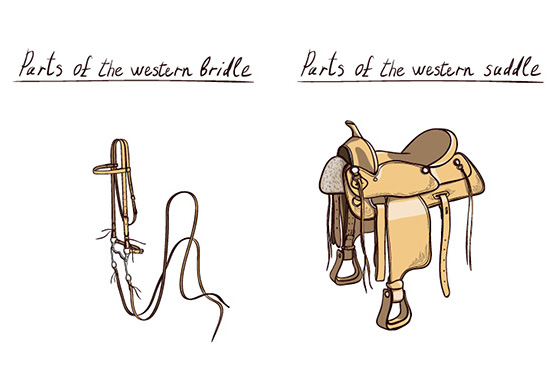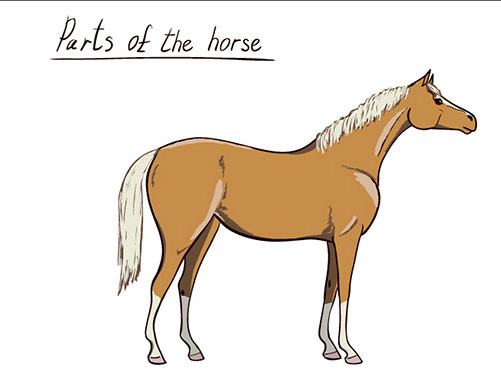The Equine Chronicle Lesson Plan For Kids! #1
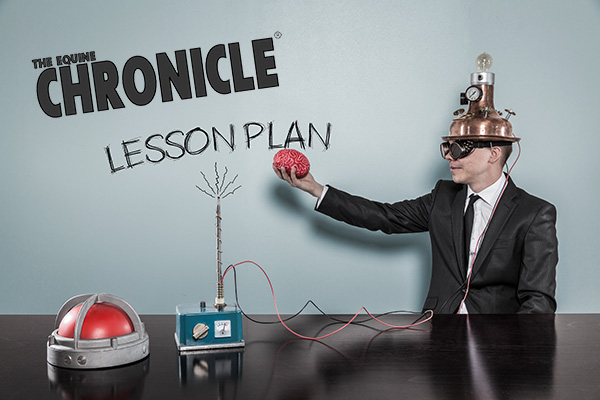
By: Brittany Bevis
During this difficult time, we know that the horse-loving kiddos in your life might be in need of some entertainment. Never fear. The Equine Chronicle is here!
We have created a lineup of lesson plans especially designed for the equine enthusiast in your life. Check back each week to see what we have planned while your kids are out of school for the time being.
In this first lesson, let’s review the parts of the horse, the parts of a Western saddle, and the parts of a Western bridle. Below you will find a list of terms and descriptions along with a blank template and an answer template for each section. Print them out and test your knowledge!
Have fun! Be sure to snap a photo or video of your kids completing the activity and share by emailing B.Bevis@EquineChronicle.com
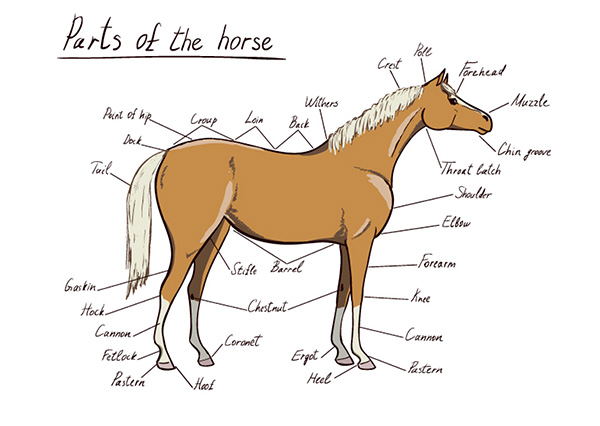 Parts of the Horse
Parts of the Horse
- Poll- The bony prominence right behind the ears where you clip a bridlepath.
- Forehead- Area between and just above the eyes.
- Muzzle- Includes the mouth, nose, chin, and lips. It has furry whiskers.
- Crest- The topline of the neck from the poll to the withers.
- Chin groove- The small indentation right behind the chin.
- Throat latch- Where the neck connects to the head.
- Shoulder- Large bone that extends from the withers to the chest and attaches to the forearm.
- Elbow- Joint between the knee and the shoulder.
- Forearm- The radius bone between the shoulder and the knee.
- Knee- Not quite like a human’s knee and more similar to a human’s wrist, the structure is made of different bones, ligaments, tendons, and muscle.
- Cannon- Bone that extends from the knee to the fetlock.
- Pastern- Two bones that extend from the fetlock downwards into the hoof.
- Heel- Back side of the hoof.
- Ergot- Cartilage-like area right above the fetlock on the horse’s front and back legs.
- Chestnut- Cartilage-like area on inside of a horse’s front and back legs.
- Barrel- The area that contains the ribcage.
- Stifle- Joint between the femur, or hip bone, and tibia, or shin bone.
- Coronet- Cuticle-like area lying along the top of the hoof.
- Hoof- Foot of the horse.
- Fetlock- The joint between the cannon bone and pastern bone.
- Hock- The largest joint on the horse’s back legs. Similar to a human’s knee.
- Gaskin- Bundle of muscles between the stifle and hock.
- Tail- Extension of the spine that’s covered in hair.
- Dock- Top of the tail.
- Point of Hip- The hip joints are on either side of the lower part of the pelvis.
- Croup- The highest point of the hindquarters to the tail.
- Loin- Area just above the flanks located just behind where a saddle sits on a horse’s back.
- Back- Area between the withers and the loin.
- Withers- The top of the shoulders where the neck joins the rest of the body.
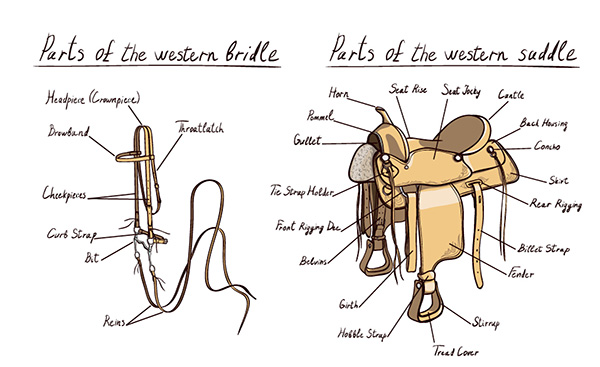 Parts of the Western Saddle
Parts of the Western Saddle
- Tree- Underside or skeleton of a saddle.
- Cantle- Back part of the saddle that extends from the seat.
- Back Housing- The area behind the cantle and over the skirt.
- Concho- Decorative embellishment, often circular in shape.
- Skirt- Large pieces of leather on either side that sit under the seat.
- Rear Rigging- Comprised of the D ring, billet strap, and back cinch.
- Billet Strap- Piece of leather that a back cinch would be attached to.
- Fender- Large pieces of leather that extend from the saddle jockey down to the stirrups on either side.
- Stirrup- Attached to either side of the fender. This is what a rider’s feet rest in.
- Tread Cover- Inside part of the stirrup.
- Hobble Strap- Also known as stirrup keepers, these keep the area of the fender that’s adjustable nice and tight once they’ve been adjusted for length.
- Girth- Also known as the cinch, this keeps the saddle on your horse connected from one side underneath to the other.
- Front Rigging- Comprised of the D ring, latigo, and girth or cinch.
- Tie Strap Holder- Also called a latigo keeper, this helps to keep your girth nice and tight.
- Blevins- The buckle on the underside of the fender that adjusts for length.
- Gullet- The tunnel underneath the saddle that sits atop a horse’s withers.
- Pommel- Also known as the swell or fork, this area is at the front part of the saddle and is what the horn is attached to.
- Horn- The prominence on top of the swell or pommel at the front of the saddle.
- Seat Rise- Where you sit.
- Seat Jockey- Also called the housing, this is where your upper legs sit.
Parts of the Western Bridle
- Throatlatch- Consists of a leather piece and buckle that help secure the bridle on your horse’s head.
- Reins- Two pieces of leather that connect to the bit and are used to steer a horse.
- Bit- Metal mouthpiece.
- Curb Strap- Metal or leather piece that rests behind in a horse’s chin groove.
- Cheekpieces- Adjustable leather pieces that extend on either side from the headpiece.
- Browband- Piece that goes across a horse’s forehead.
- Head or crown piece- Piece that goes across a horse’s poll.
Remember to check back next week to see what we have in store… Send an email to B.Bevis@EquineChronicle.com if you have a great idea for the next lesson.
